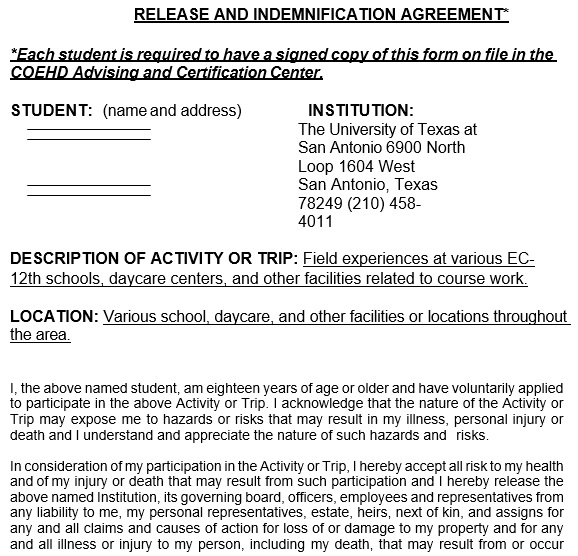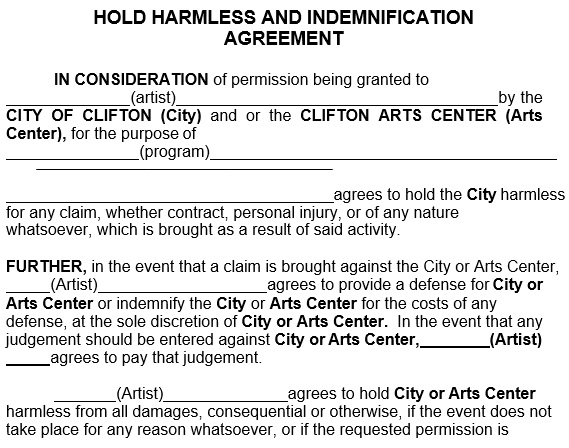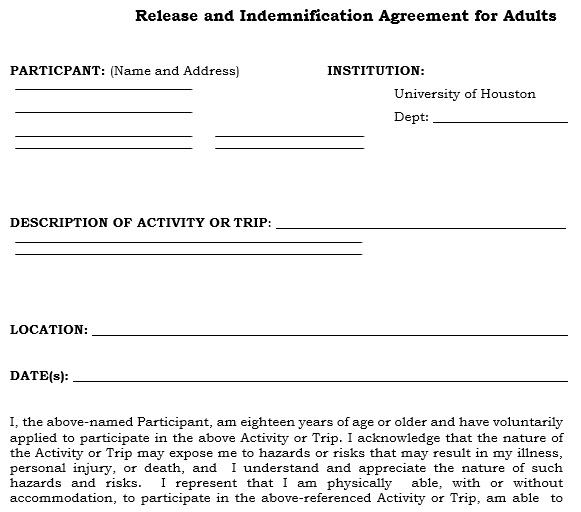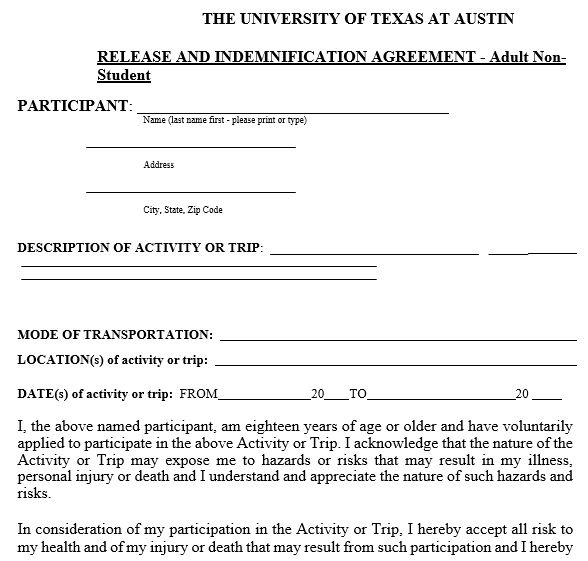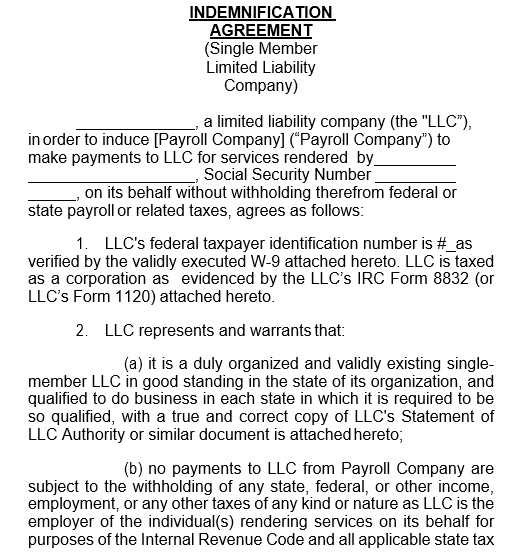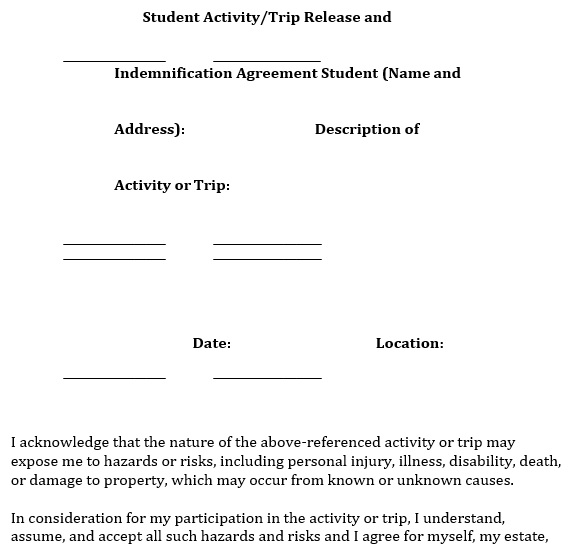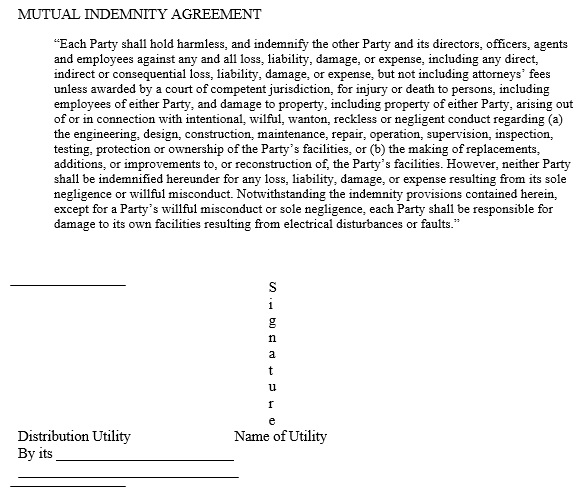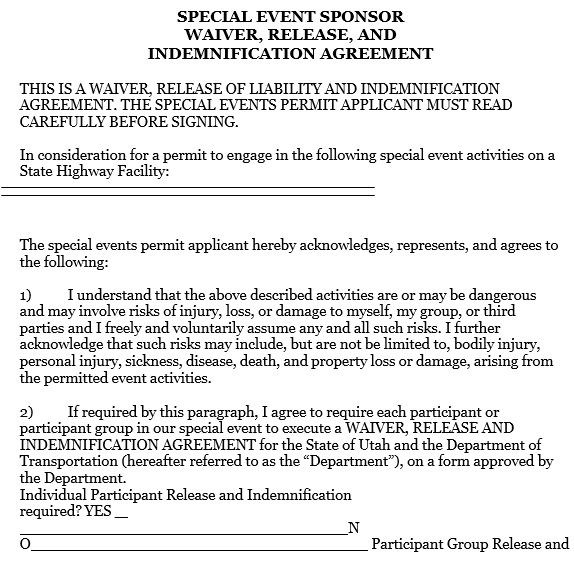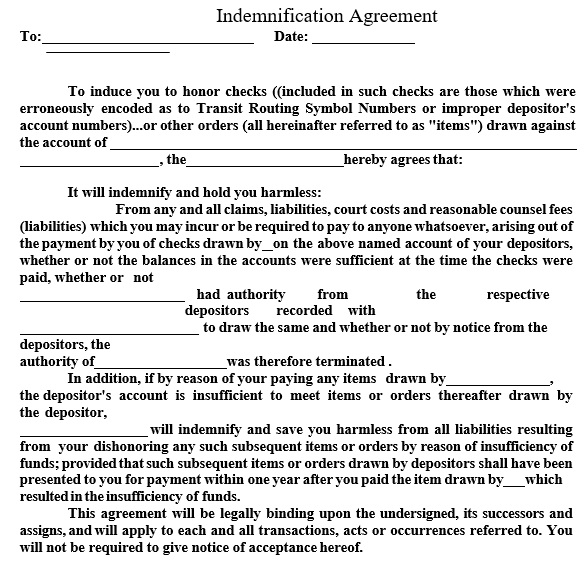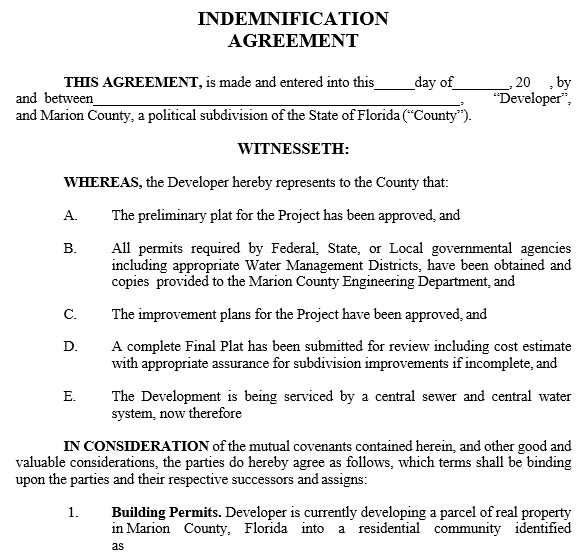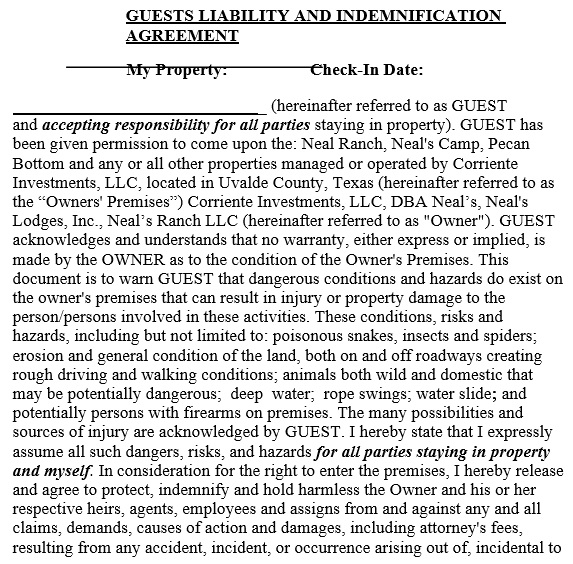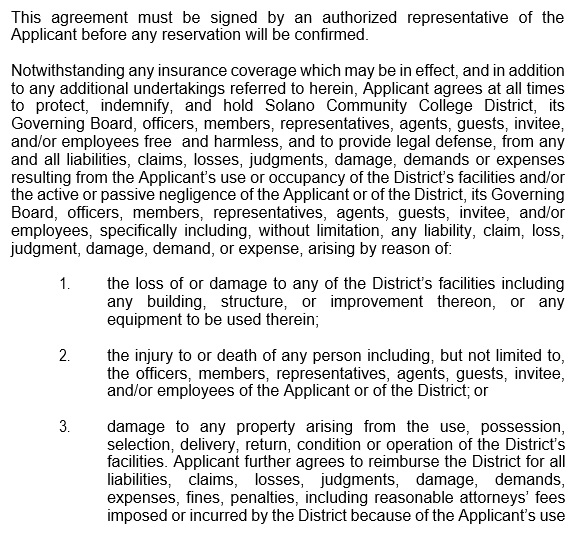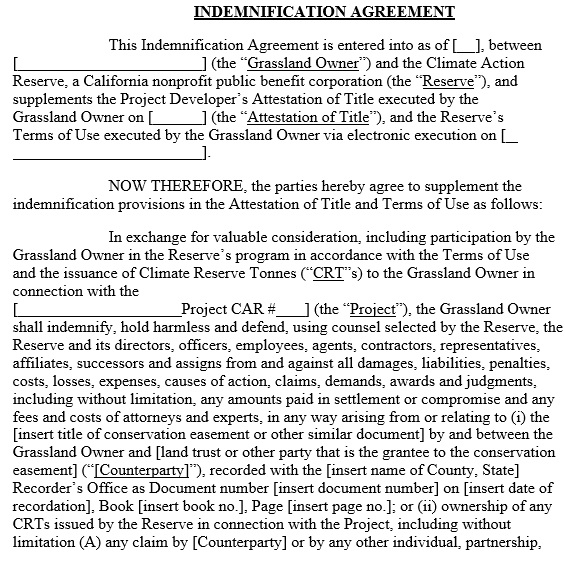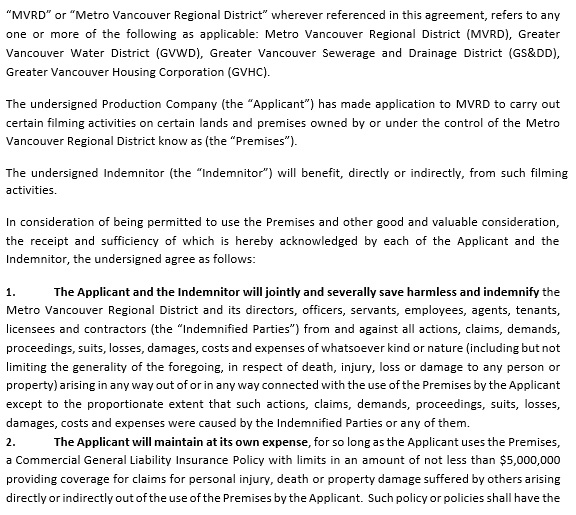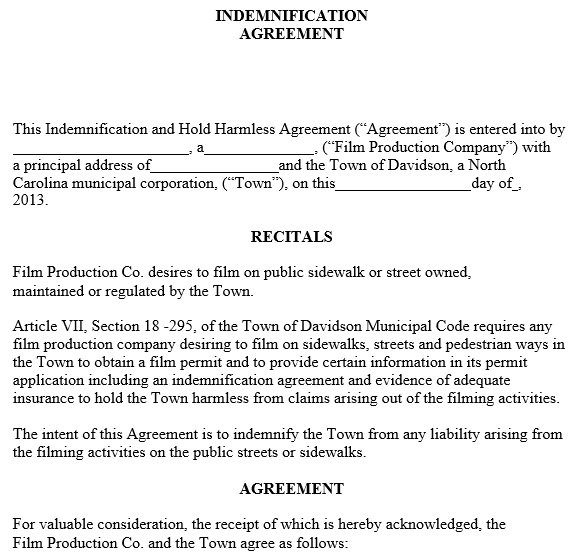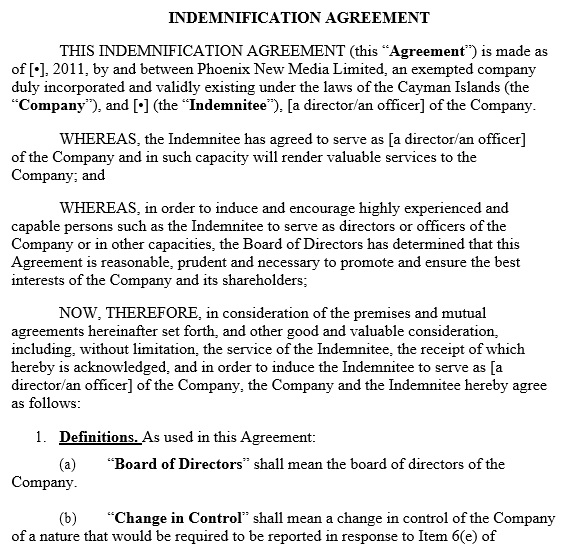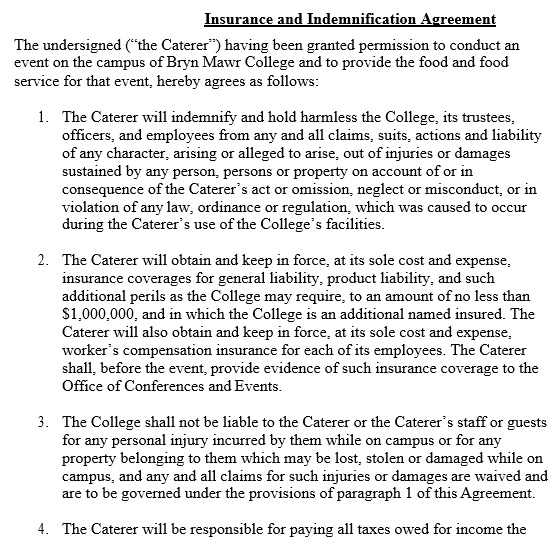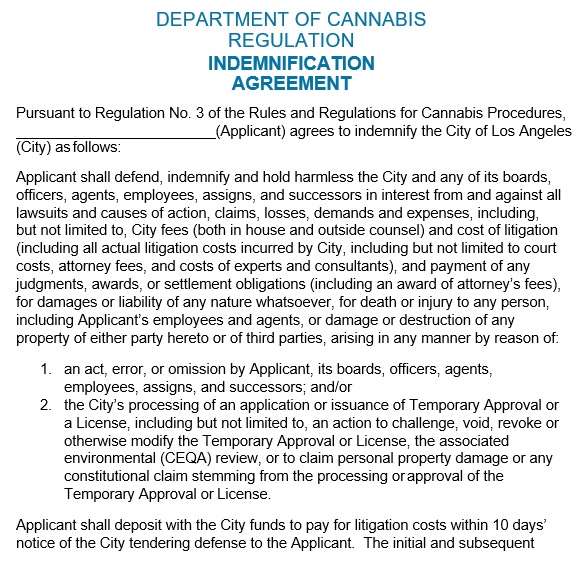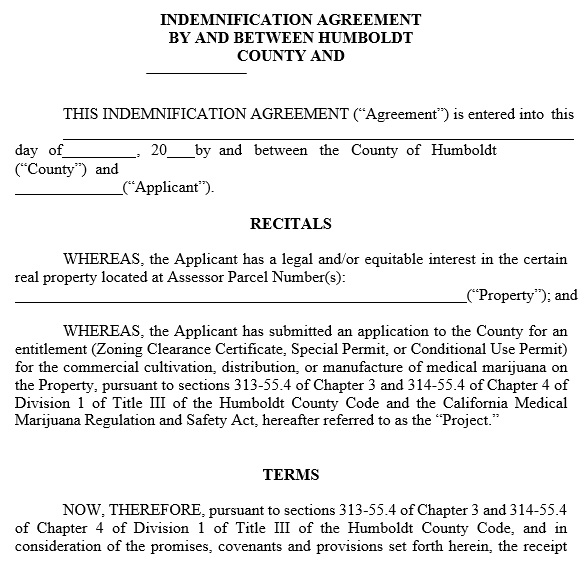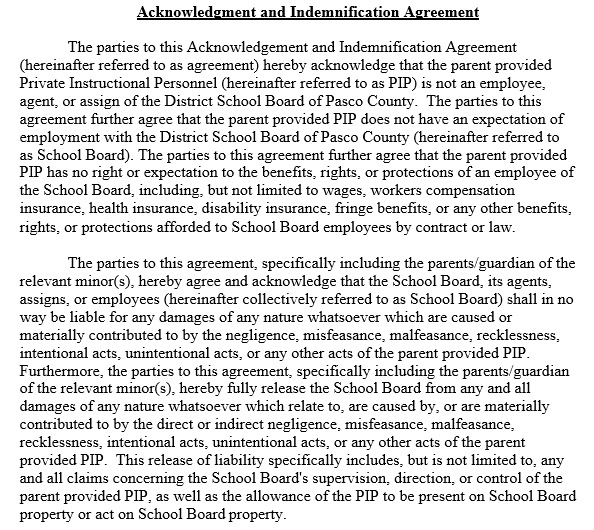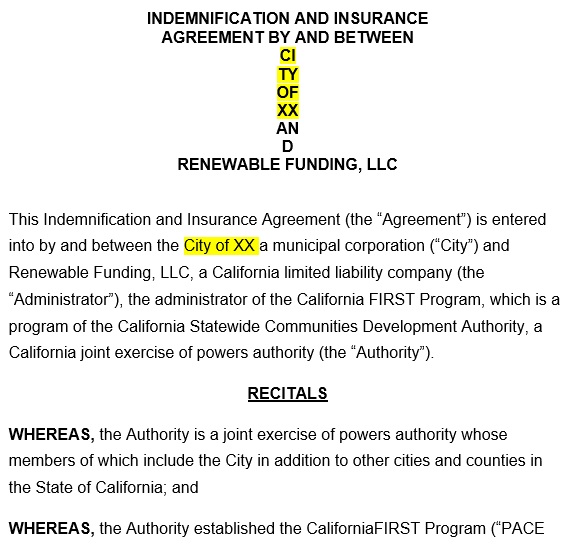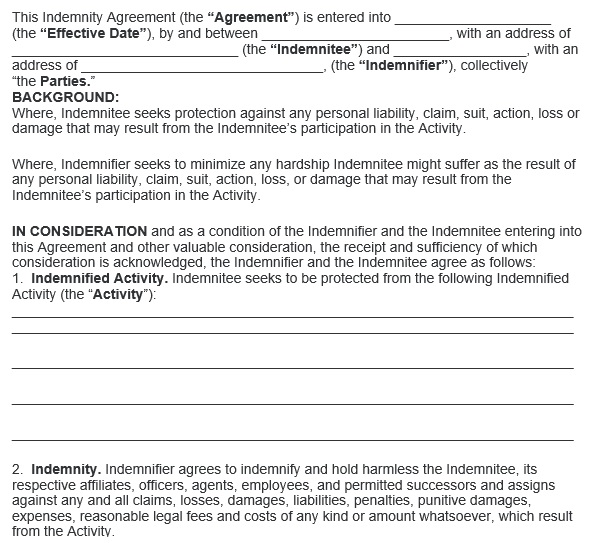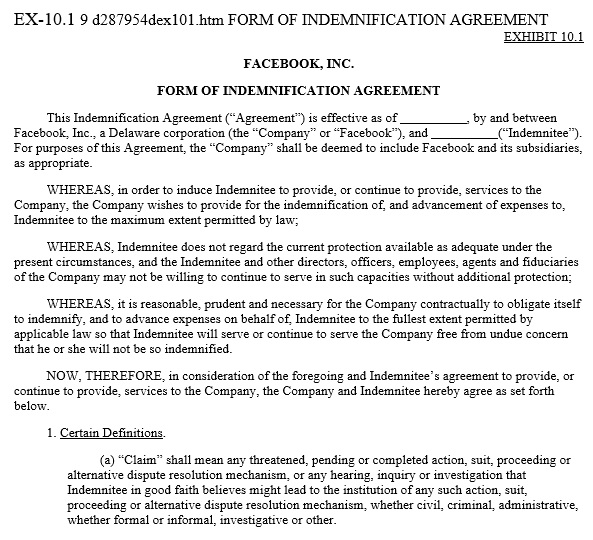An indemnification agreement is a type of agreement that for any loss, damage or burden holds a company or business harmless. The term indemnification refers to compensation for damage done or loss caused by someone.
Table of Contents
- 1 What is indemnity?
- 2 The purpose of an indemnification agreement:
- 3 The parties involved in an indemnification agreement:
- 4 The provisions of an indemnification agreement:
- 5 What is the importance of an indemnity agreement?
- 6 Types of clauses in indemnification agreements:
- 7 How can you differentiate between a hold harmless agreement and an indemnity agreement?
- 8 Which people or entities have to sign an indemnification agreement?
- 9 Conclusion:
What is indemnity?
It’s important to understand what indemnity truly means before making your own indemnification agreement. Indemnity refers to the following;
- To individual’s duty to rectify the damages, losses or liabilities sustained by another party.
- To hold harmless one person’s actions.
- To claim reimbursement or compensation for losses or damages, it refers to the right of the injured party.
- To damages compensation as a result from the actions of another person.
- From losses and damages, to legal exemption.
The purpose of an indemnification agreement:
To understand what an indemnification agreement is, you have to know the meaning of indemnity that typically means “to hold harmless.” It means one party holds another harmless for some damage or loss.
Furthermore, the businesses that involve construction work commonly use this agreement. There are also some other businesses that ask their employees to sign such agreements in order to protect themselves against potential lawsuits. Rental Car Companies who want to protect themselves against lawsuits from any accidents are widely used these agreements.
The parties involved in an indemnification agreement:
Every state has its own indemnification forms but all forms contains the same basic information. You have to describe the following two parties in the indemnification letter;
- The indemnitee: the individual who wants protection.
- The indemnifier: the individual who wants or promises to minimize harm to the indemnitee.
The indemnification agreement may also explain the consideration. In addition to this, the amount of money that you will use to obtain the agreement should be included in it. An indemnification clause that is stated in certain terms under which you will hold the indemnitee harmless. The legal language for the laymen used here can be fairly complex.
There are also exclusions that you have to add and explain. The fault or negligence of the indemnitee is the most common exclusion. In some case, the indemnitee is legally proven as negligent and is at fault for some reason, then the indemnification wouldn’t be applied and the indemnitee can get sued as well.
The provisions of an indemnification agreement:
When either party has committed a breach of contract, default, or misconduct, an indemnity agreement sample distributes risk and expense. The agreement moves the cost from one party to another as indemnification means “to hold harmless.’
In the case of mutual indemnification, if there be any incurred losses arising from any breach from the indemnifying party, both parties will be in agreement to provide compensation to the other. Most people consider this safer in comparison to one-way indemnification where only one party gives the indemnity.
However, the main objective or advantage of an indemnification provision is to provide protection to the indemnified party against any losses from the claims created by third parties. This indicates that in crafting indemnification provisions, you should carry out heavy negotiations not to mention that these are also litigated.
What is the importance of an indemnity agreement?
Since many business relationships are in some shared risk so an indemnity agreement is important. With the help of hold harmless agreement, you think about these risks in advance. In case something happens, it put some measures in place to protect you. Parties will blame each other without an indemnification agreement when issue arise. This may result in expensive lawsuits.
Types of clauses in indemnification agreements:
An indemnification agreement is a written document that establishes the transfer of financial risk to a third party. The agreement includes all the parties involved in the agreement, the situations mentioned, and the party who shoulders the risk. Generally, a company would accept the liability associated with a specific service or product if it indemnifies another company. You can find the indemnification clause in the following;
- Commercial contracts
- Leases
- Legal contracts
- Licensing agreements
- Loan agreements
- Supply agreements
For risk upon a company or person, the inclusion of these clauses will place the legal responsibility. By increasing the degree of a risk that a company accepts, there are can also be cases where an indemnity clause creates more risk.
Since indemnity clauses take into account unforeseen accidents, they only allow a specific degree of risk. In the indemnification agreement, you can include the following indemnification clauses;
Broad form indemnity
The broad form indemnity clause holds the indemnifier responsible due to his/her negligence and any negligence of a third party. It can make them accountable for the negligence of the indemnitee too. The indemnitee, in some states, isn’t allowed to transfer damages that they caused on their own or of the indemnifier’s intended misconduct.
Intermediate form indemnity
This indemnifies a party due to its negligence until it was fully their fault. In this type of indemnity, the phrase “…. caused in part” is almost always included. Additionally, it is no longer a broad form indemnity as the term “whole” isn’t included. Since this type of indemnity renders the owner harmless from claims caused by their own negligence so it is the most common method used in the construction businesses. It sets an all-or-nothing indemnification in its most basic sense.
Comparative form clause
This type of indemnity clause needs a comparison of the negligence. According to inclusion of this clause, the indemnified is responsible for any losses caused by their proper actions. Common law principals that are commonly accepted in the USA identify the level of responsibility. Here, for negligence, the indemnifier will not take responsibility that the indemnitee commits directly.
By the conditions outlined in the agreement, you can identify how much indemnity one party must shoulder on behalf of the other party. An effective indemnification should indicate the types of indemnity needed depending on the situation and the transaction.
How can you differentiate between a hold harmless agreement and an indemnity agreement?
Let us first discuss below the main features of a hold harmless agreement;
- A hold harmless agreement states that a person or an organization will not be accountable for any damages or injuries happened to another party.
- This agreement is also known as a waiver of liability, release of liability, a hold harmless release or letter, and a save harmless clause.
- The main purpose of this agreement is to protect either of the parties or both of them.
- The clause that protects the party can’t get sued, it doesn’t matter what disputes arise between them.
- Basically, there are two types of hold harmless clauses;
1- A reciprocal clause: both parties make sure that they will not hold each other liable as per this clause.
2- A unilateral clause: only one party accept that it will not hold the other party liable.
The difference between a hold harmless agreement and an indemnity agreement may vary from state to state. Below are some points that indicate the difference between them;
- People think that indemnity only safeguards against losses, on the other hand, hold harmless clauses safeguard against both accountabilities and losses. But, for all situations, this explanation isn’t true always. However, according to experts, you should include both terms in order to make sure maximum protection.
- The lowest level of protection comes to play in case either party breaches the contract. If a party fails to follow the terms written in the agreement then you can deem a contract breached. The party can get sued who breaches the contract. You should bear in mind that you get minimum protection through mitigation and remoteness.
Which people or entities have to sign an indemnification agreement?
The indemnification agreement is signed by the two parties of the contract. The indemnitee is an individual/business/company who provides the good/service will sign the document. The indemnifier is an individual/business/company who receives the good/service will sign the document. An agreement may not be legally enforceable which is not signed by both of these parties.
Conclusion:
In conclusion, an indemnification agreement is a contractual document between two parties. In this agreement, one party agrees to pay for any potential losses or damages that the other party caused. Indemnity, in simple words, refers to compensation for damages and loss.

